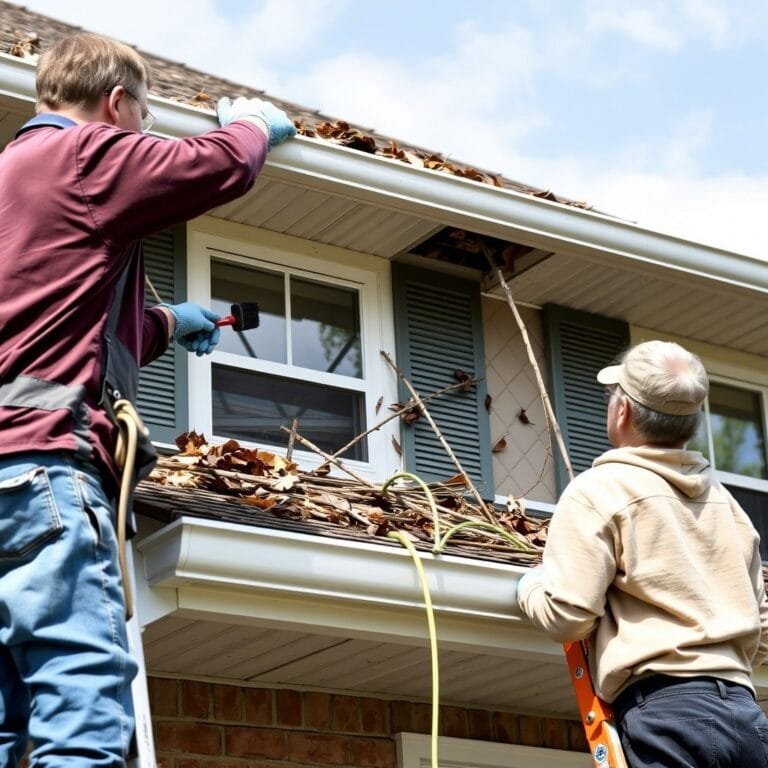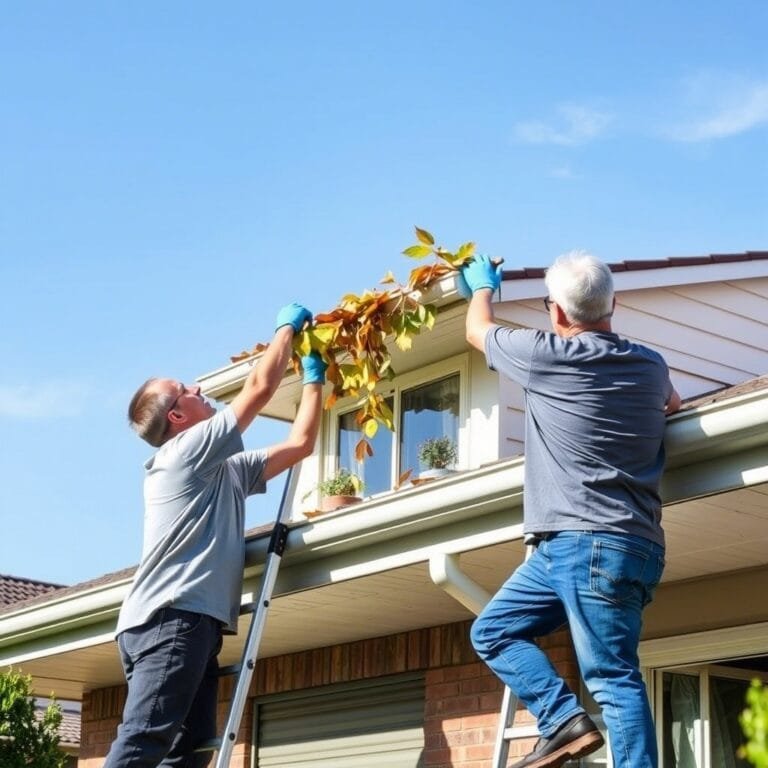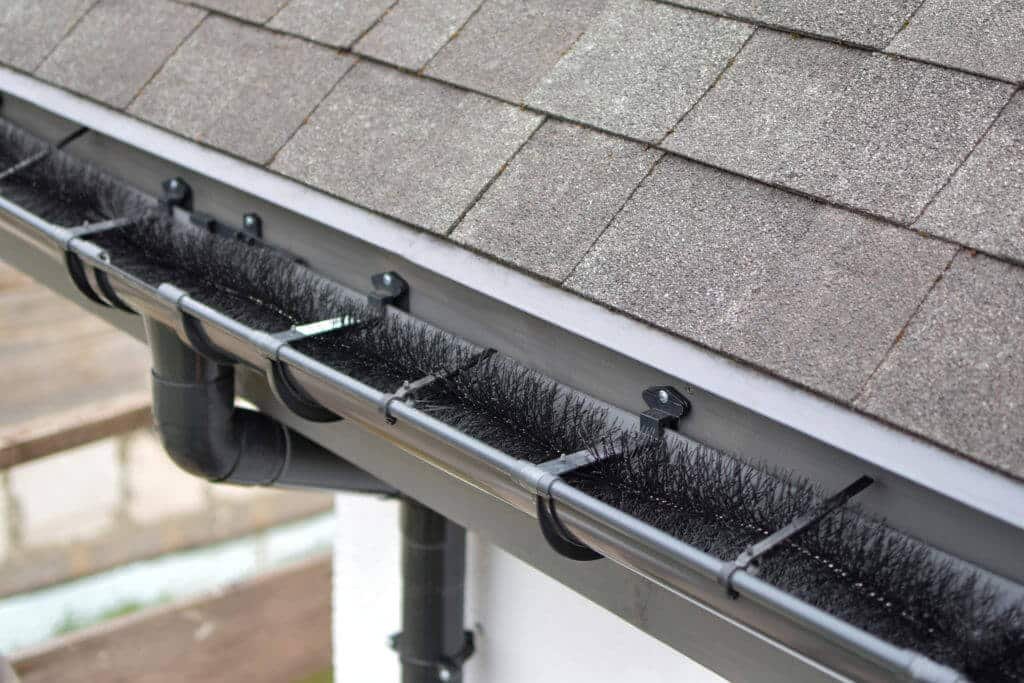- 022 315 8987
- info@myhomesconstruct.co.nz
Ever wondered how streets manage water runoff during heavy rains? The answer lies in cross gutters —a critical component of modern drainage systems. These specialized channels are designed to channel water efficiently across roads, driveways, parking lots, and other impermeable surfaces, preventing pooling, erosion, and structural damage.
Whether you’re a homeowner, property manager, civil engineer, or contractor, understanding cross gutters is essential for effective stormwater management. In this comprehensive guide, we’ll dive deep into what a cross gutter is , how it works, its applications, the materials used, its benefits, common issues, and best practices for maintenance. By the end, you’ll have a thorough understanding of why cross gutters are vital for urban infrastructure and private properties alike, as well as actionable steps to ensure their proper installation and upkeep.


A cross gutter is a horizontal or sloped channel installed at transitions between two sections of pavement, such as where a road meets a driveway, sidewalk, or parking lot. Its primary function is to collect and redirect stormwater runoff away from surfaces, ensuring that water flows smoothly toward designated drainage points like catch basins, storm drains, or retention ponds.
Unlike traditional gutters, which are typically installed along the edges of roofs or structures, cross gutters operate horizontally across flat or slightly sloped surfaces. They act as intermediaries, intercepting water before it can pool or cause damage. Cross gutters are often integrated into larger curb and gutter systems, forming a network that manages urban water runoff effectively.
Cross gutters are especially important in areas with heavy rainfall or snowmelt, where efficient drainage is crucial to prevent flooding and structural damage.
Cross gutters are versatile components found in various settings:
In coastal cities like Auckland, cross gutters play a crucial role in managing storm surges during hurricanes. Without these systems, water would accumulate on streets, leading to widespread flooding and property damage.
Cross gutters are strategically positioned to intercept water flowing across impermeable surfaces like asphalt or concrete. They direct this water toward designated drainage points, such as catch basins, storm drains, or retention ponds.
By providing a controlled path for runoff, cross gutters reduce the risk of water pooling, which can lead to:
The efficiency of a cross gutter depends on its slope, alignment, and material. Proper design ensures that water flows at an optimal rate without causing backups or overflow.


The choice of material depends on factors like durability, cost, environmental conditions, and aesthetic preferences:
In Auckland, many cross gutters are made from reinforced concrete to handle the city’s heavy traffic and frequent flash floods. This material choice has proven effective in extending the lifespan of drainage systems and reducing maintenance costs.
One of the most significant advantages of cross gutters is their ability to prevent water from accumulating on surfaces. Standing water not only creates safety hazards but also accelerates the deterioration of pavements and nearby structures. By channeling water away, cross gutters reduce the risk of erosion and structural damage.
In densely populated cities, efficient stormwater management is critical. Cross gutters help distribute water evenly across large areas, preventing localized flooding and reducing strain on municipal drainage systems. This is particularly important in regions prone to heavy rainfall or rapid urbanization.
Standing water poses significant risks to drivers and pedestrians, including hydroplaning and slippery conditions. Cross gutters eliminate these hazards by directing water away from travel paths, improving visibility and traction.
By managing runoff effectively, cross gutters extend the lifespan of roads, driveways, and parking lots. They also safeguard nearby structures like homes, businesses, and retaining walls from water-related damage. For example, properly installed cross gutters can prevent water from seeping into basements or crawl spaces.
Efficient drainage systems like cross gutters contribute to sustainable urban planning. By reducing runoff pollution and preventing soil erosion, they help protect local ecosystems and water sources.
For high-traffic areas prone to clogging, consider adding leaf guards or mesh screens over the cross gutter to minimize debris buildup.
A property manager in Chicago noticed recurring cracks in their asphalt cross gutters after harsh winters. By switching to reinforced concrete and implementing regular inspections, they significantly reduced repair costs and improved system longevity.


For complex installations, hire a licensed contractor with experience in stormwater management systems. Their expertise ensures compliance with local regulations and optimal performance.
Cross gutters are unsung heroes of modern drainage systems, quietly ensuring that our roads, driveways, and parking lots remain safe and functional even during torrential downpours. By understanding their purpose, benefits, and maintenance requirements, you can make informed decisions about implementing or upgrading these essential components.
Whether you’re managing an urban development project, maintaining a commercial property, or simply looking to improve your home’s drainage system, investing in a well-designed cross gutter system pays dividends in safety, efficiency, and longevity. Ready to take action? Consult a professional today to assess your drainage needs and ensure your property stays dry and secure year-round.
WhatsApp us